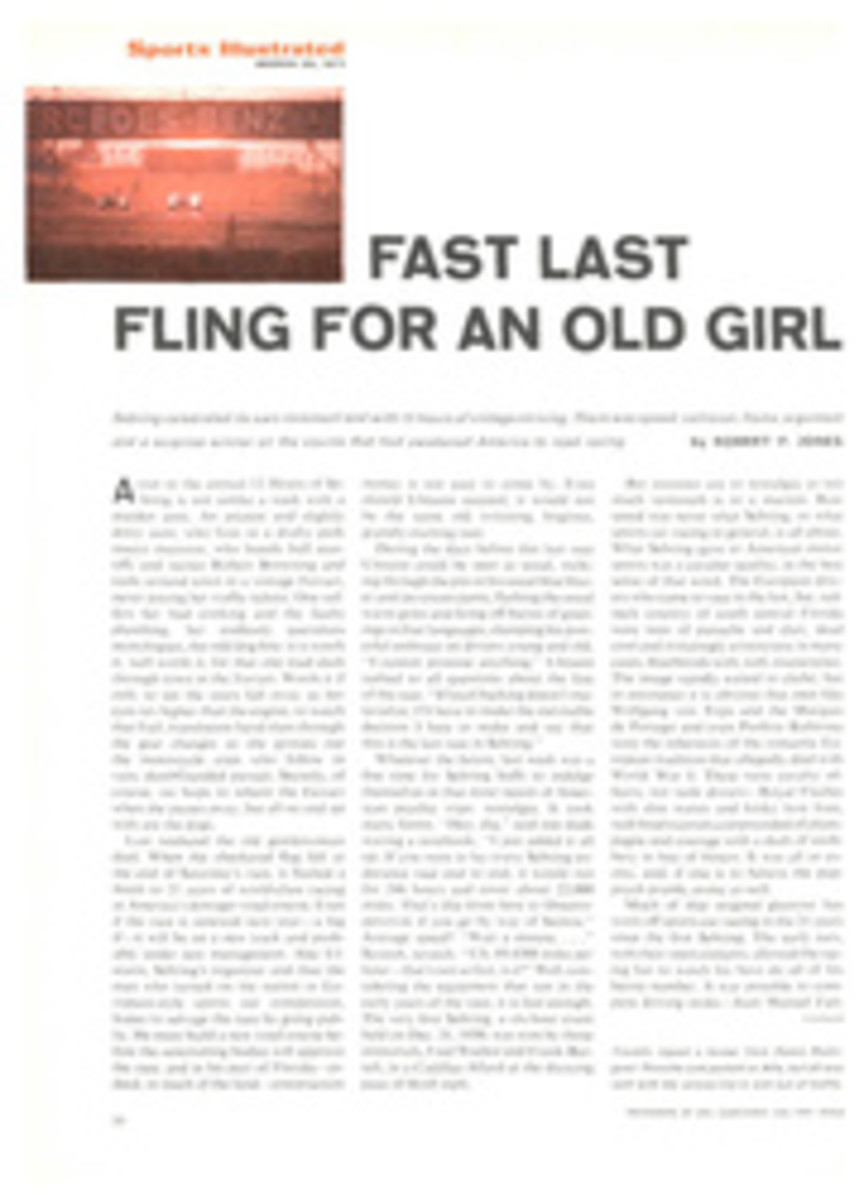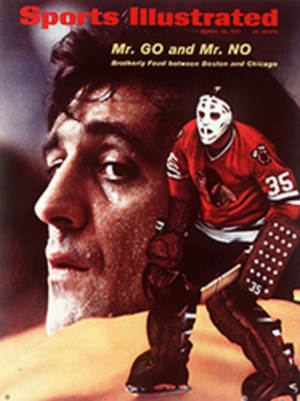
How Risley Lost at Billiards
In the 19th century there flourished—and later faltered—a remarkable, multitalented American sportsman and showman who called himself Professor Risley. His real name was Richard Risley Carlisle, and he began his diverse life in 1814 in New Jersey. A fine flute player, he also possessed great strength and a splendidly proportioned figure so that he bested everyone around in wrestling and running. In addition to such bodily graces he was as handsome as a man may be. No wonder, then, that with all these qualities, and a daring nature to boot, the professor chose the circus for his career. He was billed as an acrobat, but he was unlike any acrobat anyone then had seen, and the kind of act he developed has been known in sawdust circles ever since as a "risley."
Somewhere in his travels Risley had acquired two boys whom he referred to as his sons. In Risley's act, as it was first developed, the sons would come on stage first and dance about with delicate grace. Then on would come Professor Risley, dressed like the boys in short drawers and a tight shirt with ornamental badges decking his neck. By way of warmup he would lightly flip the children some 25 feet into the air, from which prodigious toss they would land as softly and safely as kittens. Then would begin, as the New York Herald put it, "a series of tours de force the more incredible in that they betray not the least effort, nor the least fatigue, nor the least hesitation. The two adorable gamins, successively or together, climb to the assault of their father, who receives them on the palms of his hands or the soles of his feet, launches them, returns them, throws them, passes them from right to left, and picks them up with as much ease as an Indian juggler maneuvers his copper balls."
What impressed everyone most about Risley's act was the children's air of enjoyment in performing in it. Contemporary illustrations show one boy smiling happily as he balances in perfect balletic fourth position—on one toe and with one arm raised—on the poised hand of his father who is also in the fourth position, while the other child flies through the air in a perfect leap.
Audiences everywhere were delighted by the polish and charm of the act. The professor was a great success in New York, and in London he performed for the royal family and was given a decoration. In Paris he inspired the famous critic, Théophile Gautier, to think up a whole new theory of a dream theater, the Theater of Marvels. In Italy ballets were composed for him and his talented boys. In Moscow the Czar gave him a fabulous order usually granted only to the most distinguished opera or ballet stars.
But clearly mere success in show business was not enough for such a man. Seeking further triumphs on his midwinter trip to Russia in 1845, he astonished his hosts by winning a number of figure-skating and rifle-shooting contests. Back in London later that same year, a group of distinguished gentlemen gave Risley a party to celebrate his Russian triumph, and Risley capped the occasion by making a wager during the dinner that he could beat in fair competition England's best shot, its toughest wrestler, its longest jumper, its best hammer thrower and its best billiard player. This grandiose proposal was thought to reflect the enspiriting effects of too much wine; but not at all. The next day Risley proved that he meant what he boasted as he set about busily making appointments to challenge England's several champions.
The "champions," most of whose names seem to have faded into oblivion, were at last assembled in London, and one by one Risley set about to bring them down. First he won the rifle shot, amusing himself and his guests after the victory by playfully tossing small objects in the air and unerringly shooting them down. He beat the wrestler and out-leaped the broad jumper with apparent ease. He courteously allowed the hammer thrower a handicap of 10 feet and even so beat him by 15 inches. But, alas, what he possessed in strength he lacked in finesse, and he was roundly beaten by the reigning British billiards champion, John Roberts.
This defeat left Risley deeply chagrined. According to most American billiard players, it shouldn't have. None of them, in fact, considered Risley all that good. Though he shot better pool than most, what he had was enthusiasm rather than skill, and at that time American billiards was decidedly inferior to the game played in England or France. Chagrined or not, Risley never lost his enthusiasm for billiards. Long after he had stopped being an acrobat he found time to design a new kind of billiard table and to arrange an exhibition tour for a famous French player, whose particular playing techniques Risley studied and reduced to diagrams to help advance the game.
Retired from the stage a rich man, Risley could not endure inactivity. He organized another troupe, including one of his original "sons" (who had grown into a remarkable female impersonator), several gymnasts, ballet dancers, tightrope walkers, "the greatest living Ethiopian dancer" and a brass band, and took them all on tour in South America. He employed the varied talents of his company both separately and in grand tableaus, with themes taken from-history and mythology, thus giving a new dimension to circus life—"Diana and the Satyrs" was one appealing subject title.
Still later in life Risley organized an even larger troupe and took it to the Orient, performing in Shanghai and Tokyo. There in 1867, hot on the heels of Commodore Perry, Risley was charmed by the skill of Japanese acrobats and brought a few of them back on a sensational tour of America and Europe. When the most famous of the group, a child called Little All-Right, outgrew tumbling, a job was found for him as bartender in a New York billiard hall.
Unfortunately Risley's own daring and enthusiasm at last outran his nerves and his business acumen; he lost both mind and money and died a madman in Philadelphia in 1874.

